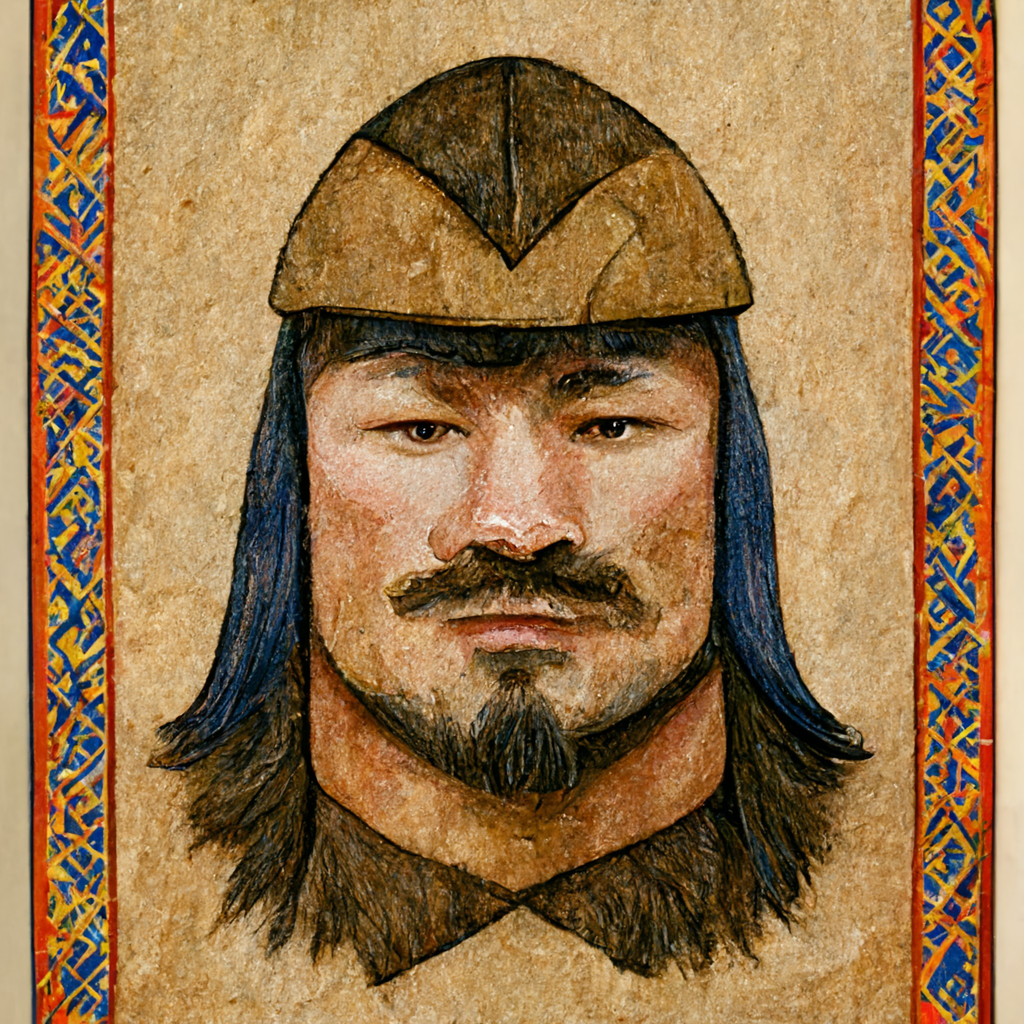Human
Basic Information
Biological Traits
Possessing a variety of shapes, sizes, and skin tones, the average human male in good health stands approximately 6 feet tall and weighs around 175 pounds. Of the major races of Tel, humans are among the most short-lived, only living for 75 years on average. However, it is argued that the relatively ephemeral nature of their lives, as compared to the longer lived species of Tel, is the source for the general ingenuity and ambition found in humankind.
Human males weigh an average of 175 pounds, whereas, Human females weigh an average of 130 pounds. Human weight shows great variance at the level of the individual due to differences in diet and lifestyle. The average human height is around 6 feet for men and 5 feet 6 inches for women, with a large amount of variation due to heredity and environmental factors.
A human's skin pigmentation is a result of hereditary factors and displays variation at the geographic level based on Aeloian exposure. The Bronzemen of Aerisca possess the darkest complexions, ranging from an extremely dark brown to black, whereas, the Northmen of Ione are extremely fair skinned with pale white complexions.
Genetics and Reproduction
Humans possess two biological sexes and display a moderate amount of sexual dimorphism. On average, human males are taller, more muscular, and darker complected than their feminine counterparts. Reproducing sexually, a human gestates within the mother for a typical period of 9 months before it is birthed.
Growth Rate & Stages
A human's life is typically divided into six stages that each last a variable amount of time:
- Childhood (Birth - 13 years of age)
- Adolescence (14 - 19 years of age)
- Adulthood (20 - 40 years of age)
- Middle Age (41 - 60 years of age)
- Elderhood (61 - 85 years of age)
- Venerable (86 - 100 years of age)
Humans reach their full physical potential during adulthood, suffering increasing infirmity as they grow older. This physical debilitation is offset, however, by an increased wisdom from their accumulation of life experience. This is why most human cultures on Tel cherish their elders as a source of guidance and knowledge.
Dietary Needs and Habits
Biologically, humans are omnivores and are able to consume a wide variety of animals and plants for nutrition. The exact composition of an individual human's diet varies widely due to both geographic and cultural factors, as well as personal preference. A human can survive for almost three months without food; however, humans can only survive three days, at best, without consuming an adequate amount of water (approximately a gallon per day). A consequence of this fact is that human settlements are rarely established far from a readily available supply of potable water.
Additional Information
Social Structure
As social creatures, all known human cultures possess some form of social structure. At the least, Humans will organize themselves into extended families that usually live together in one household or a series of closely located households. Depending on technological and cultural sophistication, humans will also organize themselves into larger entities, such as tribes, nations, and continent-spanning empires.
Geographic Origin and Distribution
Originating from eastern-central Aerisca, humans have spread out to be endemic to all of Tel and can now be found any place that possesses a favorable climate.
Perception and Sensory Capabilities
Human possess five senses: hearing, vision, taste, olfaction, and touch. While their eyesight is not as keen as the alvian, the average human can perceive candlelight approximately a mile and a half away, assuming no obstructions exist along the line of sight. However, unlike their Alvi and Nanoi cousins, humans do not possess darkvision or moonvision, and can only see in conditions of adequate visible light. Likewise, Human hearing is not as sensitive Alvi hearing, with a Human only able to discern a speaker's voice at a normal conversational volume from 600 feet away. Human olfaction is capable of distingushing a multitude of odors, yet it pales in comparison to the sophistication of Gnomian ability.
Symbiotic and Parasitic organisms
For the vast majority of the Fourth Age, humans have existed in a symbiotic relationship with the various canid species found across their lands. Dogs, wolves, and jackals assist humans with hunting, provide protection for their homes, and are cordial companions. Likewise, humans provide canids with food, shelter, and companionship.
Civilization and Culture
Culture and Cultural Heritage
A multitude of cultures and belief systems are represented among humankind, and it is impossible to make cultural generalizations for the entire species. It is said that humanity was once united under one nation, since the Great Cataclysm of the Third Age, Humans have spread across the surface of Tel and separated into 7 separate broad ethno-cultural groups: Northmen, Southmen, Bronzemen, Woodlanders, Steppelanders, Eastlanders, and Bharatians. While each of these groups have certain physical and cultural characteristics that generally differentiate one each one from another, admixture is common in both large cities like Eknopolis as well as in the various borderlands.
Northmen
As per their name, Northmen hail from the frozen north of Ione. Stereotypically, hearty and hale, Northmen are only rivaled in physical stature by the Bronzmen of Southern Aerisca. Northmen possess fair complexions and commonly have blonde hair and blue eyes; however brown or red hair and/or brown or green eyes are found among them as well. Their hair is typically straight, and their faces are characterized by average sized noses and thin lips.
Notable Northman ethnic groups include the Rhenish, Vush, and Skandin peoples. Due to the limited Ouranic influence upon their cultures, as well as their war-like natures, Northman nations are often seen as little more than barbaric tribes by the more urbane Southmen.
Southmen
Southmen is the term applied to those human nations that developed on the coasts of the Central Sea in southern Ione, Shem, Aerisca Borealis and parts of Arhania. Shorter in stature than both the Northmen and Bronzemen, but similar in height with the Eastlanders and Woodlanders, the Southmen range in complexion from fair-skinned to olive-skinned. Almost all Southmen have black, typically wavy, hair and dark brown eyes. In certain Southman populations, such as the Nar, red hair and green eyes may also be seen. Southmen facial features typically include a prominent nose bridge, full lips, and strong brows.
Culturally, Southmen nations have earned a reputation as being highly educated and civilized; indeed, they include some of the most powerful and influential empires in the history of Tel's Fourth Age: the Khemites, Eknoi, Arhani, Shemites, Nar, and Rexans. While both the Northmen and Steppelander nations tend to view the Southmen as effete philosophers and merchants living in decadence, the Eastlanders view them as technologically backwards and hopelessly uncouth. While both of these stereotypes may have a grain of truth to them, it cannot be denied that when the times call for it, Southmen can show as much martial spirit as a Northman or as much ingenuity and grace as an Eastlander.
Bronzemen
Hailing from the torrid savanna and jungle of southern Aerisca, the Bronzemen are a tall, strong, and handsome people with dark complexions and curly black hair; their facial appearance is characterized by full lips and a wide-bridged nose.
The Bronzemen have founded several nations of note, including Nesh, Akgar, Tondi, and Zanin. Much like the Northmen, they are possessed of a strong martial spirit, however, like the Southmen, merchants and clergy occupy places of importance in their societies.
Woodlanders
Calling themselves the Bor, Woodlanders are a swarthy people of short stature who originate from the temperate forests and hills of Ione. Most Woodlanders have brown or black wavy hair, but many tribes are known for having a high percentage of red-haired individuals; eye colors include from brown, blue, green, grey, and hazel. Woodlander facial features are characterized by smaller eyes, prominent narrow-bridged noses, and thin lips; they often have thick, bushy eyebrows, and Woodlander men can grow full, thick wavy beards.
While most of their lands were once under the dominion of the Rexan Empire at one time, the Woodlanders managed to keep their cultural identity separate from the Southlanders. As people of the forests, the Woodlanders have a close affinity with nature, and most Woodlander nations worship nature itself in lieu of personified deities.
Steppelanders
Dark-haired and olive-skinned, the Steppelanders are known for their fierce women horse-archers who are as skilled in battle as any man.
Eastlanders
Hailing from the far east of Tel, the Eastlanders have evolved to have a close cultural affinity with their Alvi lords, as such, their motivations and traditions often seem inscruitble to their human cousins. Due to their long-standing close association with the Alvi, Eastlander humans are said to have a drop of Alvi blood that is expressed in their physical appearance: Eastlander complexions range from tan to a golden-brown, their dark brown eyes are almond-shaped, and their hair is unerringly raven-black and straight.
Bharati
Interspecies Relations and Assumptions
Throughout their history, Humans have had cordial to aloof relations with the Alvi and Nanoi. With the recent displacement of the Oameni into their lands, while some have acted with outright hostility towards the Oameni, most Human cultures have tolerated their presence as an underclass.
- Male: 6'
- Female: 5' 6"
- Male: 175 lbs
- Female: 130 lbs
- Skin: Pale white to dark brown
- Hair: Black, Brown, Blonde, or Red (Gray and White as a result of aging)
- Eyes: Amber, Blue, Brown, Gray, Green, or Hazel








